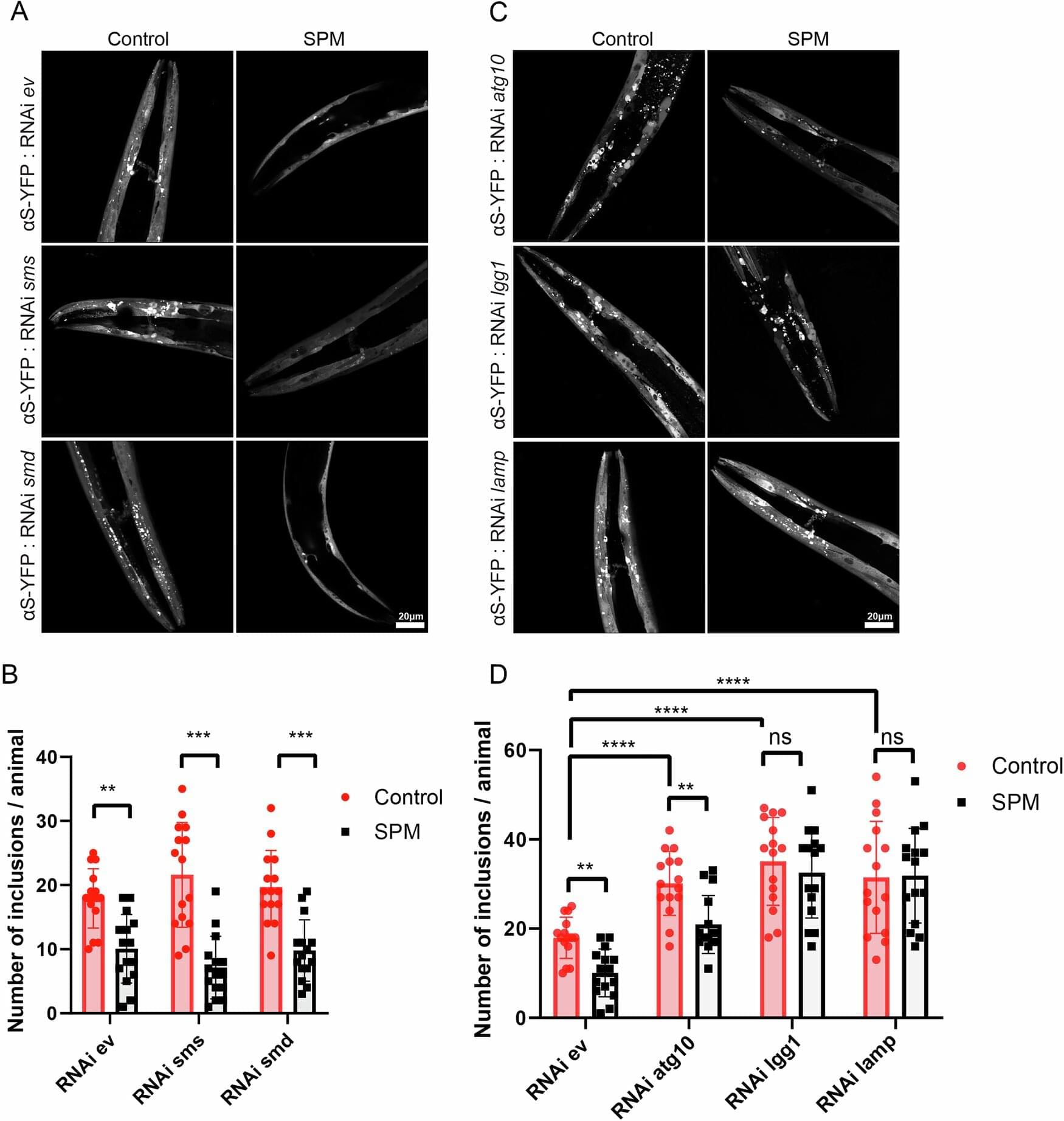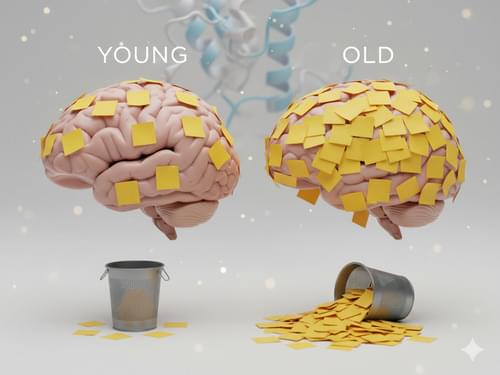New research shows the Greenland shark may live 400 to 500 years. Its genome reveals insights into DNA repair, inflammation control, and human longevity.





Join us on Patreon! https://www.patreon.com/MichaelLustgartenPhD
Discount Links/Affiliates:
Blood testing (where I get the majority of my labs): https://www.ultalabtests.com/partners/michaellustgarten.
At-Home Metabolomics: https://www.iollo.com?ref=michael-lustgarten.
Use Code: CONQUERAGING At Checkout.
Clearly Filtered Water Filter: https://get.aspr.app/SHoPY
Epigenetic, Telomere Testing: https://trudiagnostic.com/?irclickid=U-s3Ii2r7xyIU-LSYLyQdQ6…M0&irgwc=1
Use Code: CONQUERAGING
NAD+ Quantification: https://www.jinfiniti.com/intracellular-nad-test/

A team of researchers has found a way to turn the bacteria living in the digestive tracts of animals into factories that can produce compounds that promote longevity in their hosts—showing a potential new drug development strategy.
Janelia Senior Group Leader Meng Wang and her team study longevity and were interested in seeing how they could transfer their research findings about longevity-promoting compounds into practical applications.
One idea they had was to induce the body’s gut microbiota—a collection of bacteria in the gut that produces many different compounds—to produce metabolites that benefit their host animals. They started with one compound, colanic acid, which is generated by bacteria in the gut and had previously been found to promote longevity in roundworms and fruit flies.


Researchers at the Paul Scherrer Institute PSI have clarified how spermine—a small molecule that regulates many processes in the body’s cells—can guard against diseases such as Alzheimer’s and Parkinson’s: It renders certain proteins harmless by acting a bit like cheese on noodles, making them clump together. This discovery could help combat such diseases. The study has now been published in the journal Nature Communications.
Our life expectancy keeps rising—and as it does, age-related illnesses, including neurodegenerative diseases such as Alzheimer’s and Parkinson’s, are becoming increasingly common. These diseases are caused by accumulations in the brain of harmful protein structures consisting of incorrectly folded amyloid proteins. Their shape is reminiscent of fibers or spaghetti. To date, there is no effective therapy to prevent or eliminate such accumulations.
Yet a naturally occurring molecule in the body called spermine offers hope. In experiments, researchers led by study leader Jinghui Luo, in the Center for Life Sciences at the Paul Scherrer Institute PSI, have discovered that this substance is capable of extending the lifespan of small nematode worms, improving their mobility in old age, and strengthening the powerhouses of their cells—the mitochondria. Specifically, the researchers observed how spermine helps the body’s immune system eliminate nerve-damaging accumulations of amyloid proteins.

A study by the Leibniz Institute on Aging – Fritz Lipmann Institute (FLI) in Jena shows that the chemical composition of proteins in the brain undergoes fundamental changes with aging. In particular, ubiquitylation—a process that marks proteins and thus controls their activity and degradation—undergoes drastic changes in the aging brain. Interestingly, a change in nutrition, such as short-term dietary restriction, can partially revert some of these molecular patterns. These findings open up new opportunities to better understand the aging process of the brain and related diseases.

Two recently published studies led by Brazilian scientists reveal the key roles of multifunctional proteins, STIP1 and Maspin, in vital cellular processes.
The results demonstrate new protein functions that help clarify how cells maintain their shape, communicate, and renew themselves. These findings contribute to new studies on cancer, embryogenesis, and potential applications in regenerative medicine.
According to one of the studies, STIP1 plays a central role in embryonic development and maintaining pluripotency, or the ability of cells to multiply and give rise to other cell types.